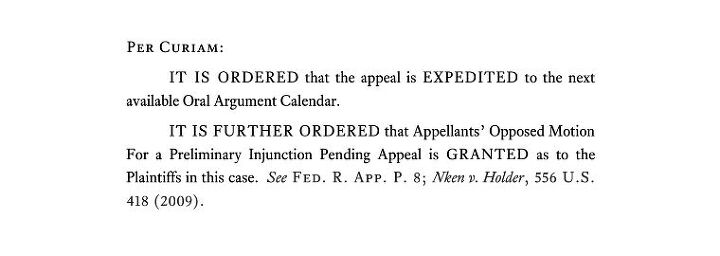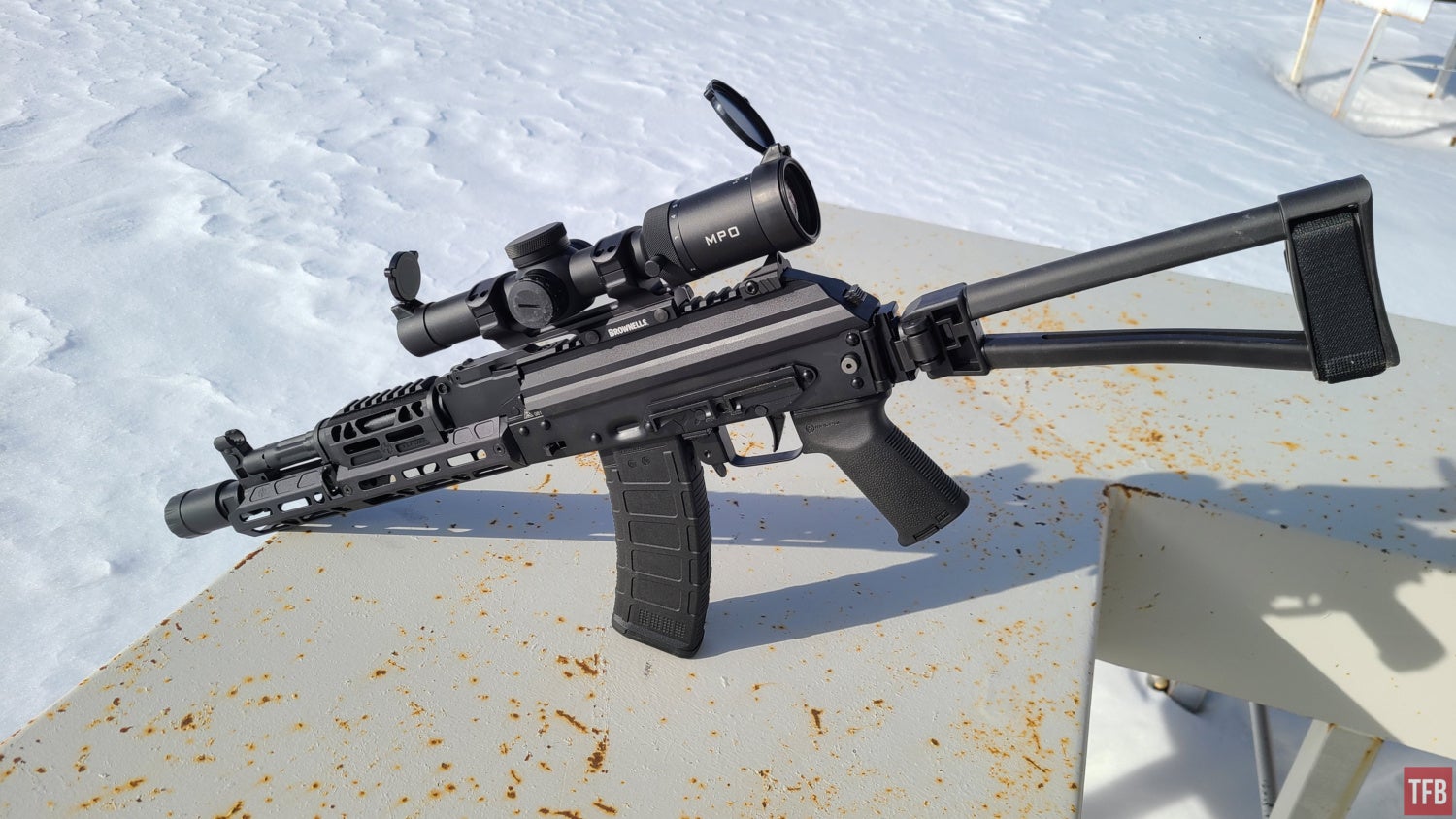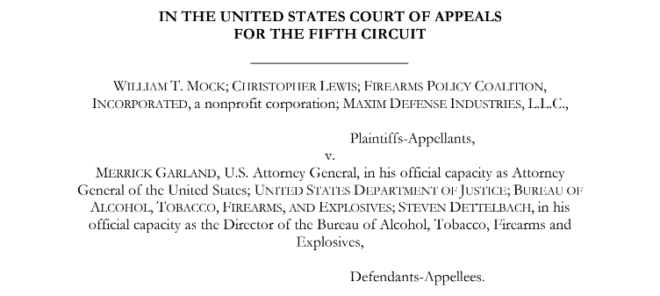A lawsuit spearheaded by the Firearms Policy Coalition (FPC) has secured a preliminary injunction against the ATF arm brace ban. What exactly does that mean? And who does that apply to? This is all still a little unclear, but let’s take a look at this case and what might be on the horizon.
More Legal News @ TFB:
This article is purely for educational use and is not legal advice. If the topics discussed in this article impact you personally, you should talk to an attorney licensed in your state. I am not licensed in any state within the 5th Circuit and I am not your attorney.
Background
We’re all now intimately familiar with
ATF Rule 2021R-08F Factoring Criteria for Firearms with Attached “Stabilizing Braces.” This administrative rule looked at the world of stabilizing braces and said, in short, “All those pistols with the arm braces we previously approved and said were not SBRs are actually SBRs and you’re all felons now because we said so.”
This obviously is a major issue for gun owners. The ATF estimates there are maybe a few million arm braces in circulation.
The Congressional Research Service estimates the number is somewhere between 10 and 40 million. Regardless of which of those numbers you believe, the ATF deciding on its own, without Congress, that guns sold off the shelf of FFLs (with Form 4473 completed for the sale) are actually unregistered NFA items is a big deal. The seriousness of this situation increases because NFA violations carry heavy penalties of up to 10 years a pop, and because the ATF intends to begin enforcing the brace ban on May 31st.
The lawsuit asserts some fairly simple claims. First, the ATF’s rule violates the Administrative Procedures Act (APA). The APA gives courts the power to “hold unlawful and set aside” agency actions, like rules, that are “arbitrary, capricious, an abuse of discretion, or otherwise not in accordance with law” or that are “contrary to constitutional right[.]” Second, they argue that the ATF’s treatment of braced pistols as SBRs violates the Second Amendment. That analysis goes through the tests laid out in Bruen and Heller.
So What Happened?
The lawsuit was initially filed in Federal Court in the North District of Texas. FPC sought a preliminary injunction, or, failing that, postponement of the effective date of the brace ban. The district court judge was not persuaded and
denied the motion. Plaintiffs then filed an interlocutory appeal (an appeal as to a specific issue they think was wrongly decided, before dealing with the rest of the case). That appeal went to the 5th Circuit, which covers Texas, Louisiana, and Mississippi.

This is a short and sweet order. The 5th Circuit grants an expedited argument schedule and grants the injunction in two sentences.
A three-judge panel of the 5th Circuit ruled in favor of FPC and granted the injunction pending appeal. But this is not the end of the story. This is a preliminary injunction, not a final injunction. That means the ATF cannot enforce the brace ban against the Plaintiffs until there is a decision on this appeal. It also applies only during the appeal process.
Looking Forward
While this preliminary injunction against the brace ban is a great start, it is far from the end of the road. It only applies until the appeal is complete. Both sides are scheduled to submit briefs on an expedited schedule. The last of those briefs must be filed by June 20th, so it will be a little while before the appeal is resolved, but that is very fast in the world of courts.
Another unclear point is who, exactly, this injunction protects. The order granting the injunction is extremely short and only states that the injunction applies to the “Plaintiffs.” If you are William Mock or Christopher Lewis you are in the clear. But what about FPC and Maxim Defense? Are all FPC members covered by this injunction? Or are only FPC members within the 5th Circuit covered? Are owners of Maxim Defense arm braces covered? This is not yet clear, but FPC filed a
motion for clarification to get the 5th Circuit to explain who is covered by this injunction.
What is the likely outcome of this lawsuit? That remains to be seen. The only thing less predictable than a judge is a jury. But the three judges who ruled on this motion felt that this case was likely to go in FPC’s favor. That is a good start.
It is not uncommon for a panel of judges to go one way on an issue, then be overruled by a larger panel later on. However, 13 of 16 judges in this Circuit thought the right decision in the bump stock case was tossing the ban. There is substantial overlap in ATF’s position in that case and in this case, so the odds do look good for a victory down the road. Personally, I would say I am cautiously optimistic about the trajectory of this case.
UPDATE 5/26/2023
“Plaintiffs merely request clarification on whether their reading of the term ʻPlaintiffs’ to include the customers and members whose interests Plaintiffs Maxim Defense and Firearms Policy Coalition (ʻFPC’) have represented since day one of this litigation is correct.’ That reading is correct. Also as requested, the term “Plaintiffs in this case” includes the individual plaintiffs’ resident family members.”
This is a helpful clarification but still leaves some ambiguity. Does this apply to only FPC members who were members on “day one of this litigation” or those who joined during litigation? The order is specifically not a complete nationwide injunction, but it is silent as to its application to FPC members outside the Fifth Circuit. Can a Maxim Defense brace be added to a gun today to create a new braced pistol that is protected from the ATF rule (for the time being)? I honestly do not know the answers to any of these questions. But I did re-up my FPC membership just in case.

PSA AK-105 with a stabilizing arm brace.


 Your Privacy Choices
Your Privacy Choices
